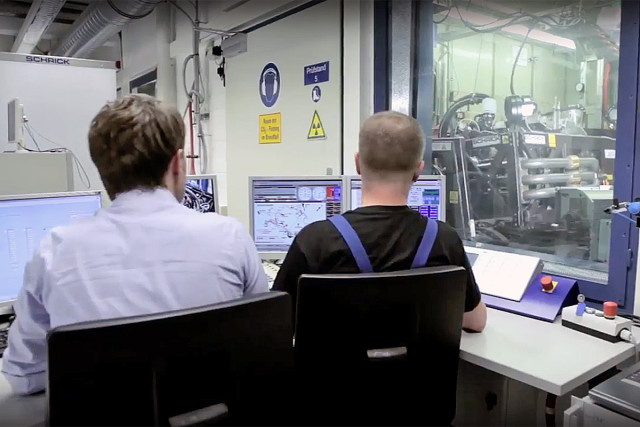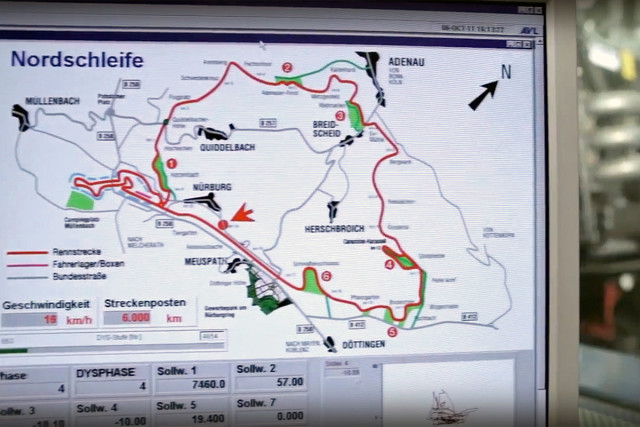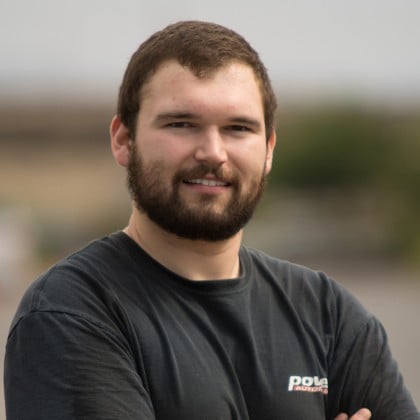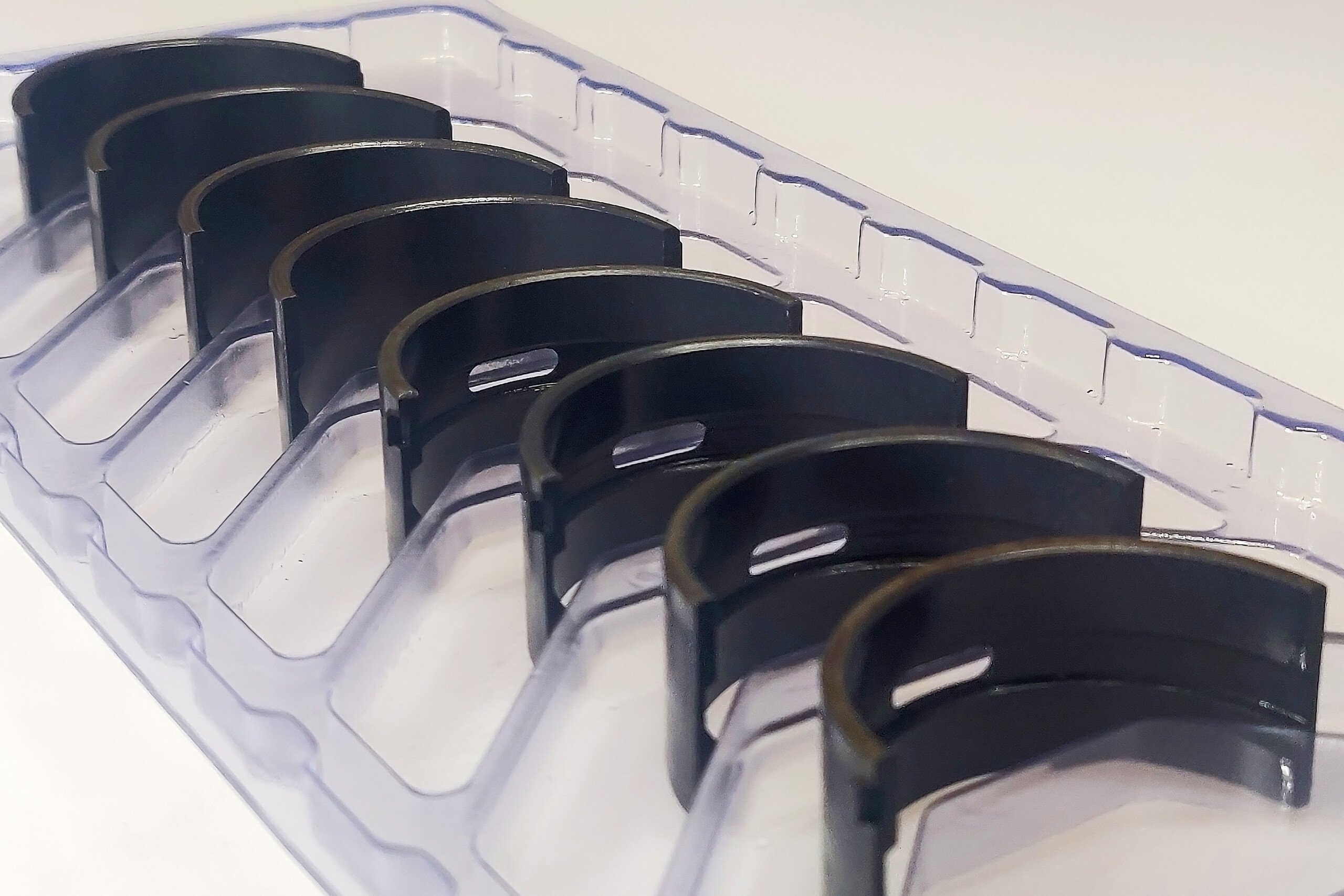German-based AVL Schrick was founded in 1969 by Dr. Peter Schrick under the name “Dr. Schrick GmbH,” with their primary service being camshaft manufacturing. By the ’70s and ’80s Dr. Schrick’s company had ventured into motorsports, turbocharger manufacturing and engine building, quickly building a name for themselves across Europe and eventually North America. The company continued under the Dr. Schrick name until joining the world’s largest powertrain systems manufacturer, AVL Group, in 2002. This merger vastly expanded the Schrick budget, their customer base, and access to equipment. Today, AVL Schrick is a dominating force in the development and production of engines and components for commuter cars, racecars, heavy equipment, aviation and the military.
Some of AVL Schrick’s most sophisticated tools include the company’s eleven dyno cells. The cells feature engine test stands that are capable of both power and drag testing, with horsepower capabilities from just a few horsepower up to 1,500 horsepower. Schrick’s team of engineers use these stands to perform advanced research and development or torture testing of engines for race teams, production automotive manufacturers and smaller industrial engines.
What makes Schrick’s series of test stands so unique is that while performing live tests the stand itself gyrates the engine into essentially every possible angle by using sophisticated software that accurately simulates the engine’s load and physical position that would actually be seen on a racetrack. In the video above, Schrick’s engineers are testing the lubrication system capabilities of a 4.8-liter Porsche V8 by accurately simulating the loads that would be experienced while powering around the famed Nürburgring Nordschleife (“North Loop”).

















